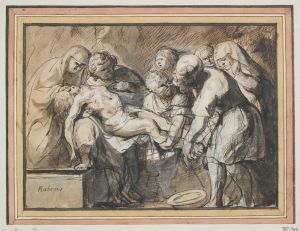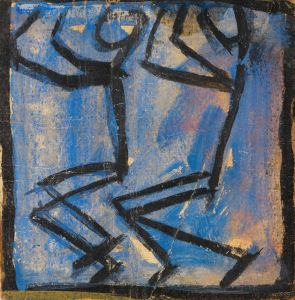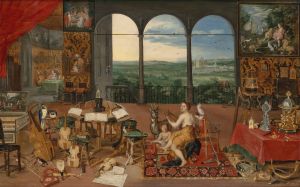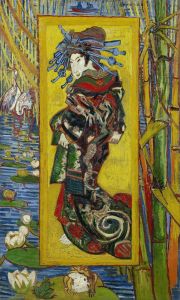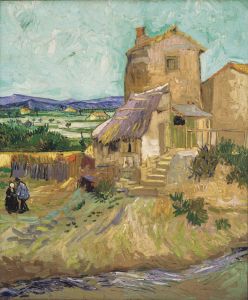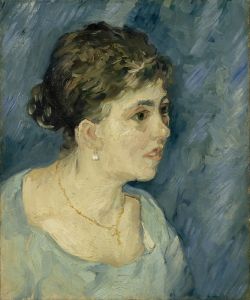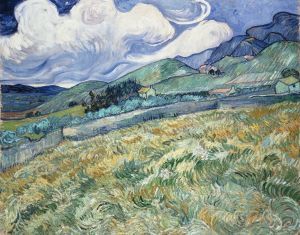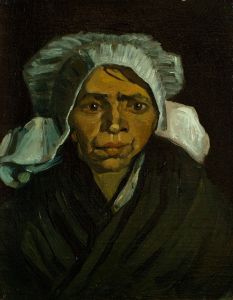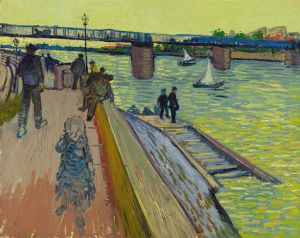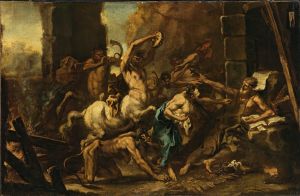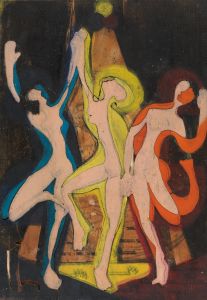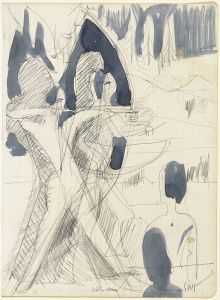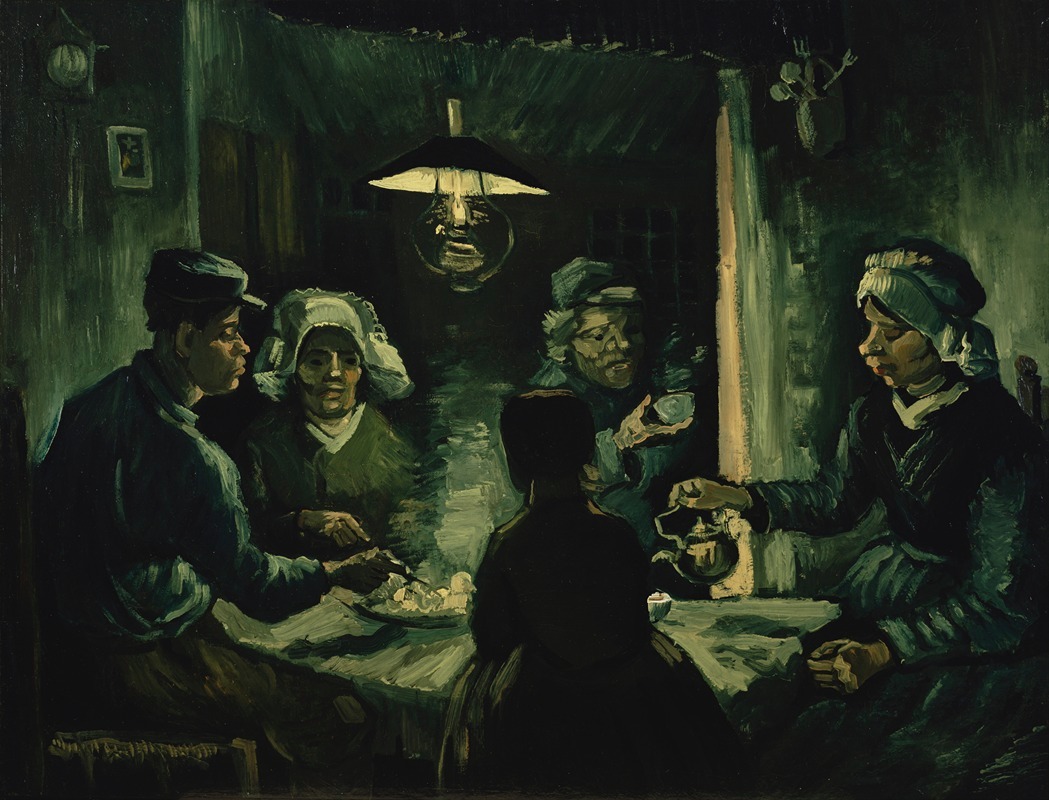
The Potato Eaters
A hand-painted replica of Vincent van Gogh’s masterpiece The Potato Eaters, meticulously crafted by professional artists to capture the true essence of the original. Each piece is created with museum-quality canvas and rare mineral pigments, carefully painted by experienced artists with delicate brushstrokes and rich, layered colors to perfectly recreate the texture of the original artwork. Unlike machine-printed reproductions, this hand-painted version brings the painting to life, infused with the artist’s emotions and skill in every stroke. Whether for personal collection or home decoration, it instantly elevates the artistic atmosphere of any space.
"The Potato Eaters" is an oil painting by the Dutch artist Vincent van Gogh, created in April 1885. This work is considered one of Van Gogh's most important early pieces and reflects his ambition to depict the harsh realities of peasant life. The painting is housed in the Van Gogh Museum in Amsterdam, Netherlands.
Van Gogh intended "The Potato Eaters" to be a showcase of his skills and a statement of his artistic direction. He aimed to portray the life of peasants authentically, capturing their hard work and the simplicity of their existence. The painting depicts five figures—a family of peasants—seated around a table, sharing a meal of potatoes. The dimly lit room and the earthy tones used in the painting emphasize the humble and somber atmosphere.
The composition of "The Potato Eaters" is notable for its use of chiaroscuro, a technique that contrasts light and dark to create a sense of volume and depth. The light source in the painting comes from an oil lamp hanging above the table, casting shadows that enhance the rugged features of the peasants. Van Gogh's brushwork is expressive, with thick, textured strokes that add to the raw, unrefined quality of the scene.
Van Gogh's choice of subject matter was influenced by his admiration for the works of Jean-François Millet, a French painter known for his depictions of rural life. Van Gogh believed that the life of peasants was a worthy subject for art, and he sought to convey their dignity and resilience through his work. He spent several months preparing for "The Potato Eaters," creating numerous studies and sketches of peasant figures and their environment.
Despite Van Gogh's dedication to the project, "The Potato Eaters" was not well-received by his contemporaries. Critics and fellow artists found the figures to be coarse and the overall execution lacking in refinement. However, Van Gogh remained proud of the painting, considering it a significant step in his artistic development.
In addition to its artistic qualities, "The Potato Eaters" holds historical significance as it marks a period of transition in Van Gogh's career. Shortly after completing the painting, Van Gogh moved to Antwerp and then to Paris, where his style evolved dramatically under the influence of Impressionism and Post-Impressionism. The dark, earthy palette of "The Potato Eaters" contrasts sharply with the vibrant colors and dynamic compositions that characterize his later works.
Today, "The Potato Eaters" is celebrated for its emotional depth and its honest portrayal of peasant life. It provides insight into Van Gogh's early artistic vision and his commitment to depicting the human condition. The painting remains a powerful testament to Van Gogh's empathy for the marginalized and his belief in the nobility of everyday life.





